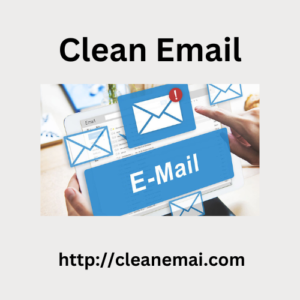Longer keyword phrases are often used by prospects who are looking for deeper, more specific information about a topic, making them ideal for blog posts. Link to External Helpful Resources Linking out to authoritative, trustworthy websites like Wikipedia, known thought leaders in the field, or any domain ending in .edu or .gov creates a better user experience and shows search engines you truly want to help searchers. They’ll reward you with higher rankings and more traffic.
Use Categories and Tags One of the best things about blogs is how organized and interconnected Clean Email they can be. Taking advantage of that with categories and tags helps both readers and search engines. A few rules of thumb to keep in mind: Use keywords for categories and tags where possible. This strengthens the keywords in each post and builds keyword-rich tag and category pages. You should have no more than 12 to 24 categories total.

Tags should not be the same as categories because it confuses search engines. The sweet spot for tagging blog posts appears to be 5 to 10 tags per post, but you can have as many tags total as you want. Link to Other Blog Posts Using internal links to other blog posts while writing is a great copywriting tip that helps to get lots of benefits for both readers and search engines: helps readers find what they’re looking for helps your audience get to know, like, and trust you helps search engines crawl every page on your site helps search engines create an accurate sitemap Link to Product, Landing, & Sales Pages on Your Website Linking to these internal pages has the same SEO benefits as linking to other blog posts, with the added benefit of generating leads and sales.
| 